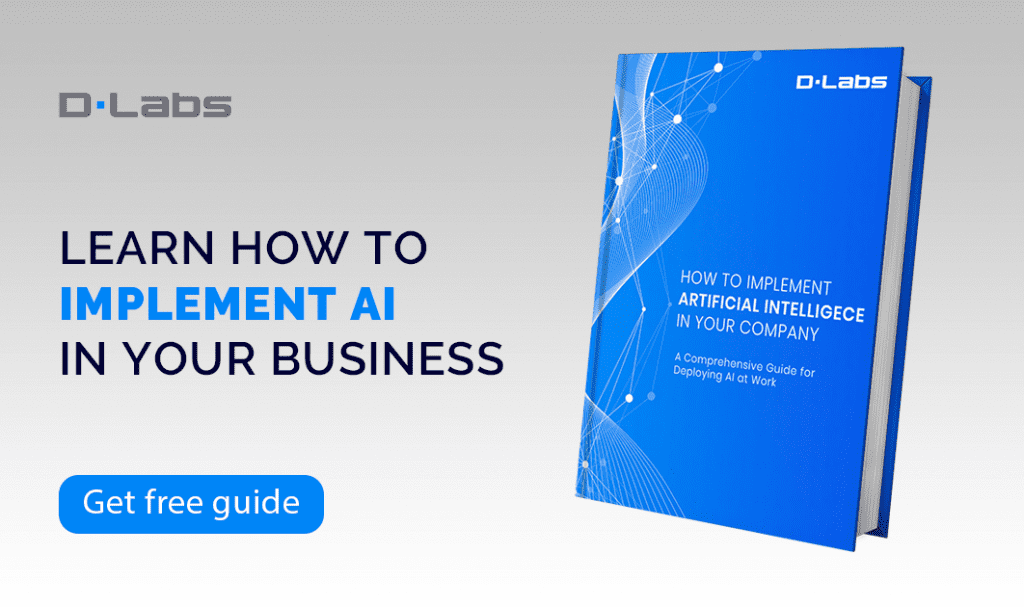In an era where AI and machine learning have streamlined everything, including hiring processes, the balance between efficiency and equity comes into question. With algorithms, machine learning, and statistical modeling defining who gets hired or promoted, are these decisions genuinely fair? How can we ensure these technological advances don’t harbor biases or injustices? New York City has responded to these concerns by introducing new regulations on using Automated Employment Decision Tools (AEDTs) in 2023.
But what exactly does this mean for you as a software vendor, employer, HR professional, or job seeker in NYC? In this article, we delve into what constitutes an AEDT, who this law affects, and what signs indicate a violation of the law. We’ll also outline how to ensure compliance and familiarize you with some of the AEDTs currently available in the market.
Read on to ensure your recruitment tools and hiring processes remain fair, transparent, and, above all, compliant.
What are AEDTs?
Let’s start by explaining what exactly Automated Employment Decision Tools (AEDTs) are. Under New York City’s new regulations, AEDTs refer to a broad spectrum of automated tools that utilize AI, algorithms, machine learning, or statistical models to assist or even make hiring and promotion decisions.
The common examples of AEDTs include:
- Pre-employment assessment tests that algorithmically score applicants.
- Video interview analysis tools that evaluate facial expressions, tone, etc.
- Resume screening tools that scan and rank submissions.
- Job candidate search and referral tools that recommend or re-rank candidates.
- Personality, cognitive, or skills assessments with AI-driven results.
It’s worth emphasizing that the NYC rules define an AEDT as a tool that “substantially assists or replaces discretionary decision making,” – meaning the technology has a material impact on the employment outcome without sufficient oversight. Casual or limited use of AI is exempt.
| Read also: 5 Reasons Why You Should Use AI In Your HR department |
Examples of AEDTs Available in the Market
To better understand what AEDTs are and how they function, let’s delve into some examples of commercially available automated employment decision tools (AEDTs) that employers can purchase:
- HireVue: Offers AI-driven video interview analysis, assessments, and candidate intelligence tools. It uses machine learning to evaluate facial expressions, word choice, and other aspects of interviews.
- Pymetrics: Uses neuroscience games and AI to match candidates’ cognitive and emotional traits to job requirements. Candidates play online games, and algorithms generate personality profiles.
- TalVista: Uses natural language processing to scan resumes and job descriptions to rank algorithmically and shortlist candidates that best fit the job qualifications.
- Ideal: Produces automated candidate scores and rankings using machine learning algorithms trained on employers’ past hiring data and patterns.
- Traitify: Invites candidates to participate in an online personality test. Based on the responses, the AI generates “Traitify scores” that evaluate various personality attributes such as curiosity, discipline, and cooperation.
- Fama: Automates reference checks by using AI to schedule calls, ask standardized questions, and analyze sentiment in referee responses.
- Talview: Offers AI-powered video interviews, live proctoring, facial recognition, speech analytics, semantic analysis, and other automated candidate assessment tools.
Many other vendors also sell algorithmic solutions for various talent screening, evaluation, and selection use cases. The NYC AEDT regulations apply to any of these tools used for hiring or promotions impacting jobs in New York City.
Reasons for Introducing NYC’s AEDT Law
But why did New York City decide to introduce this law? The concern is that these so-called “black-box” algorithms could introduce, amplify, or even conceal biases. Without proper auditing, these biases could go unchecked.
The regulations aim to implement regular bias audits, ensure transparent policies, and mandate candidate notifications about AEDT use. These rules are not just about technology but about making the hiring process fair and just for every candidate.
Automated Employment Decision Tools (AEDT) Law: Key Questions Answered
Alright, now that we understand what AEDTs are, let’s delve into the law itself. In the following section, you’ll find answers to some crucial questions. We hope they will help you easily arrange your understanding and navigate this complex topic.
Since when is the AEDTs law in power?
The new regulations on automated employment decision tools (AEDTs) in New York City were enacted in 2023. Any use of AEDTs for hiring or promotions affecting jobs in NYC must now comply with the rules.
What usage of AI in recruitment falls under AEDTs law?
The law covers any tool that uses AI, algorithms, machine learning or statistical modeling to substantially assist or replace decision-making in hiring and promotion processes for NYC jobs. This includes screening, video interviews, resume ranking, and assessment algorithms.
Who do AEDT Regulations address?
AEDT Regulations apply to all employers and employment agencies that use AEDTs to evaluate job candidates for roles located in New York City or promotions for NYC-based employees.
What are the signs that someone is breaking this new law?
Violations include:
- Using an AEDT that has not had a biased audit in the past year.
- Failing to publish the results.
- Not notifying candidates about the use of an AEDT.
Relying on flawed audits or insufficient data also constitutes non-compliance.
What should you do to remain compliant with AEDTs regulations?
To remain compliant with AEDT regulations, you should:
- Conduct regular independent bias audits of any AEDTs used for NYC hires/promotions
- Publish audit results online, providing all the required details
- Notify candidates about the use of AEDTs in their evaluation
- Mitigate algorithmic biases present within your AEDT processes
- Maintain transparent policies that comply with regulations around the development and use of AEDTs
7 Steps to Evaluate Your Compliance with NYC’s AEDT Regulations
If you’re using Automated Employment Decision Tools (AEDTs) for hiring or promotions that affect jobs in New York City, here are some steps you can take to evaluate your compliance:
1. Review the bias audit methodology.
Request documentation on the most recent bias audit process and methodology from the AEDT vendor. Ensure a comprehensive audit has been conducted within the past year by an independent auditor.
2. Examine the biased audit results.
Review the published AEDT bias audit results on the vendor’s website or performance reports. These results should contain necessary details, such as impact ratios across demographic groups. Be wary of significant disparities.
3. Assess the adequacy of data.
If possible, confirm that the bias audit used suitable historical hiring data, including your organization’s data. Audits based solely on minimal or test data may not be sufficient.
4. Check candidate notification practices.
Verify that the vendor or tool provides required notifications to candidates about using the AEDT in their assessment and offers alternative selection methods.
5. Review algorithmic fairness policies.
Scrutinize the vendor’s developmental processes, fairness safeguards, transparency, and ethics policies to reduce algorithmic bias. Avoid systems that operate as a “black box.”
[ Read also: Explainable AI: A Way To Explain How Your AI Model Works ]
6. Document your selection process.
Maintain records on how the AEDT is incorporated into your hiring process, its influence on decisions, and other factors considered. This documentation demonstrates that the tool doesn’t fully replace human discretion.
7. Seek legal guidance if needed.
For vendors or high-risk AEDT uses that might pose compliance issues, it’s wise to consult legal counsel to evaluate potential risks.
Need Help Navigating AEDT Compliance?
Evaluating your compliance with NYC’s AEDT regulations can seem complex and daunting. However, rest assured. You don’t have to navigate these waters alone.
At DLabs.AI, we are well-equipped to guide you through these new requirements. We understand the AI landscape and the intricacies involved and are dedicated to providing solutions that meet regulatory standards and uphold the highest ethical practices.
Don’t hesitate to reach out if you’re uncertain or want to ensure you’re on the right track. We offer free consultations with our AI experts, who can provide clarity and dispel any doubts. Schedule your consultation today and move forward with confidence in the realm of AI and hiring.





